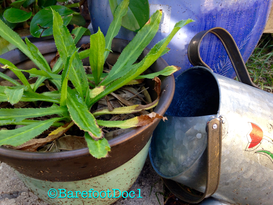 Récao aka Culantro/Spirit Weed - picture complements of mi amiga, Carmen Ruiz (since I've used up all of mine :-)
Récao aka Culantro/Spirit Weed - picture complements of mi amiga, Carmen Ruiz (since I've used up all of mine :-) Culantro:
Eryngium foetidum aka “Spirit weed”, aka
“Fit weed”, aka
Récao (in Puerto Rico), aka
Snake Root (in Jamaica), aka
Asian coriander, aka
Spiny coriander.
Now this is a little unfair since Culantro is really not a weed, but we include it here because of its aka name: ”Spirit Weed”, and because it looks like one of those wild, weedy-type plants you would find growing in your lawn. It’s often confused with cilantro (they’re kinda like cousins actually), and when I’ve talked about this plant to some folks, they are quick to correct me by saying: “You mean “Ci-lantro” – emphasis on “Ci”. No, Dear Ones. CU-lantro! Culantro has a very distinctive smell and look – it might remind you of the smell of cilantro, but whereas cilantro has delicate parsley-like leaves, the leaves of Culantro are broader and have more of a blade-like appearance (almost like dandelion, as a matter of fact), with a little jaggedy edge (hence the name “Spiny” coriander). You may know the seed of the cilantro plant – coriander (but that’s another blog).
Healing Benefits of Culantro:
I could go on and on about this wonderfully pungent plant and its aromatic properties and benefits:
- It’s got super antioxidant properties as it’s loaded with vitamins A, B & C, as well as iron (great if you’re on the anemic side), a little protein, and calcium and phosphorous (help build bones). In Jamaica, my homeland country, it is said if you chew the leaves it will stimulate your appetite.
- You can use it as tea to fight respiratory symptoms such as colds, flu or asthma; soothe an upset stomach and aid digestion; calm the mind and even lower blood pressure.
- It contains a plant sterol that fights inflammation so it would be great to treat joint pains, swelling or inflammation. It also has trimethybenzaldehyde which helps to relieve pain (as in headaches, earaches, tummy aches).
- Research is ongoing as to the ability of Culantro to treat epilepsy (“fits”, hence its other name – Fit Weed) because it has such calming properties.
Cooking with Culantro:
Use Culantro in all of your Caribbean/Latin/Asian flavored dishes, from soups to stews to salads, sauces, chutneys or noodle dishes. You can use it in place of cilantro although it has a more pungent and distinctive taste compared to cilantro; you can even try it in dishes that you would use parsley. Next time you make your own version of Recaitò, Sofritò, pesto, Pico de gallo, black beans and rice, or any Vietnamese dish, try tossing in some chopped culantro. Your kitchen will smell awesome, your taste buds will be delighted, and your body will thank you! And if you're reading this and have a very special story, recipe or remedy using culantro, please feel free to add to our comment section and share with our followers.
Audrey Steele, L.Ac.
Licensed Acupuncturist
www.Acupuncture4YourHealth.com
"Weeds are nature's graffiti" :-D (Janice Maeditere)
* Disclaimer: This information is educational in nature only, and is NOT intended to be a substitute for professional medical advice. You should not use this information to diagnose or treat a health problem or disease without consulting with a qualified healthcare provider. Please consult your healthcare provider with any questions or concerns you may have regarding your condition. The information provided is for educational purposes only and is not intended as diagnosis, treatment, or prescription of any kind. The decision to use, or not to use, any information is the sole responsibility of the reader.
References
Foster, Steven & Hobbs, Christopher. (2002). Western Medicinal Plants and Herbs. NY: Houghton Mifflin Company.
Gurudas. (1998). The Spiritual Properties of Herbs. California: Cassandra Press
Jilin, Liu & Peck, Gordon. (2005). Chinese Dietary Therapy. Churchill Livingstone.
Ody, Penelope. (2000). The Chinese Herbal Cookbook – Healing Foods From East and West. Great Britain.
Pitchford, Paul. (2002). Healing With Whole Foods. California: North Atlantic Books.
Rexach, Nlda Luz (1985). The Hispanic-American Cookbook. New Jersey: Lyle Stewart, Inc.
Swerdlow, Joel. (2000). Nature’s Medicine: Plants That Heal. USA: National Geographic Society.
Warner, Monica. (2007). Herbal Plants of Jamaica. McMillan Publishers Ltd.
Yin-fang, Dai & Zhi-mei, Gong. (1987). Fruit as Medicine. Australia: Rams Skull Press.
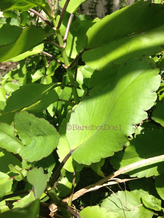
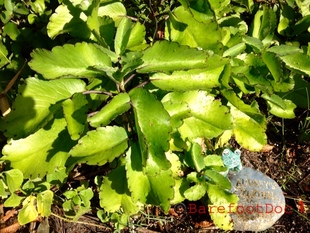
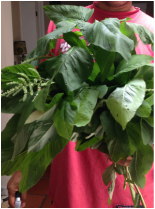
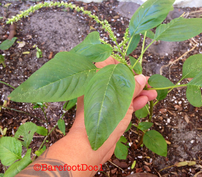
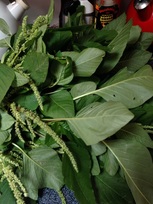
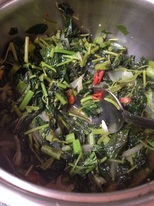
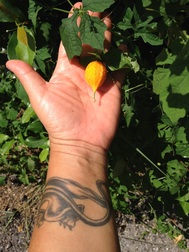
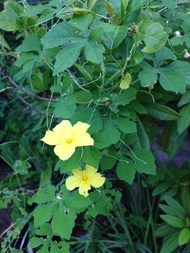
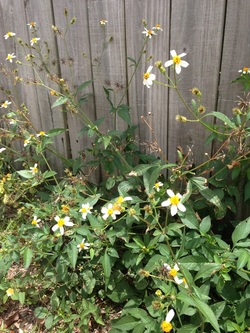
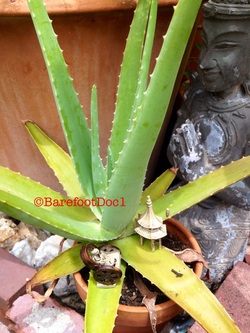
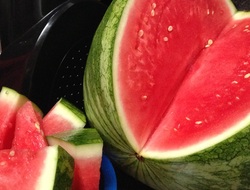
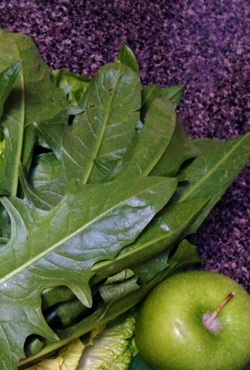

 RSS Feed
RSS Feed
